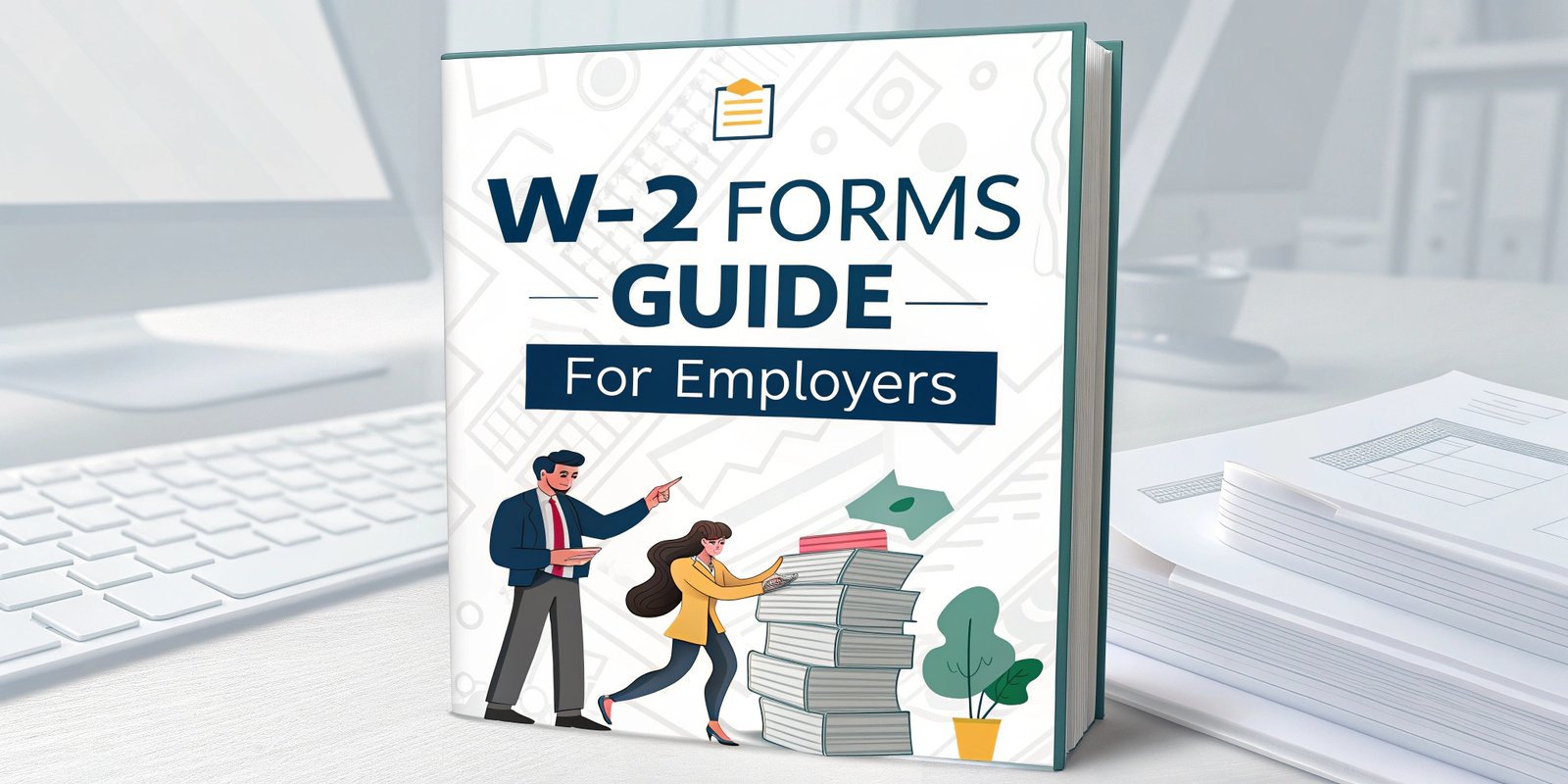Education is undergoing a profound transformation, driven by artificial intelligence (AI). In 2025, personalized learning platforms are no longer just optional tools; they are essential components of modern education systems, from K-12 to corporate training. At the heart of this revolution is AI — enabling real-time content adaptation, intelligent tutoring, predictive analytics, and individualized student engagement.
This article explores how AI is shaping personalized learning platforms, the technologies behind it, the benefits and challenges, and what it means for students, teachers, and lifelong learners.
1. What Is Personalized Learning?
Personalized learning tailors educational content, pace, and feedback to the unique needs of each learner. Unlike traditional models, where everyone follows the same curriculum, personalized platforms adapt dynamically based on user performance, preferences, and goals.
Core Features:
- Learner-driven pace and progression
- Customized content paths
- Continuous assessment and feedback
- Data-driven insights for educators
AI is the engine making all this possible — analyzing vast amounts of data to deliver real-time personalization.
2. The Role of AI in Personalized Learning Platforms
Artificial intelligence powers various components of modern learning platforms:
a. Adaptive Learning Algorithms
- AI assesses learner behavior and tailors content accordingly.
- Platforms like DreamBox and Khan Academy adjust lesson difficulty in real time.
b. Intelligent Tutoring Systems (ITS)
- AI simulates human-like tutoring by identifying learner gaps and providing explanations.
- Example: Carnegie Learning’s MATHia uses ITS to provide step-by-step math guidance.
c. Natural Language Processing (NLP)
- Enables chatbots, voice assistants, and essay graders to understand and respond to student input.
- Grammarly, GPT-based writing tutors, and AI-powered discussion moderators use NLP extensively.
d. Predictive Analytics
- AI forecasts student performance and engagement trends.
- Helps educators intervene before learners fall behind.
e. Personalized Assessments
- Dynamically generates quizzes and feedback based on learner profile.
- AI ensures testing is both efficient and aligned with individual learning objectives.
3. Examples of AI-Powered Learning Platforms in 2025
AI is embedded in many of today’s most popular platforms:
- Coursera & edX: Use AI to suggest courses, optimize user flow, and evaluate assignments.
- Duolingo: Combines machine learning with gamification to adapt language lessons.
- Socratic by Google: Uses AI to analyze homework questions and provide step-by-step explanations.
- Knewton Alta: Offers personalized college-level coursework with adaptive learning paths.
- Sora by OpenAI (experimental): Exploring AI-generated lessons, assessments, and feedback.
4. Benefits of AI in Personalized Learning
a. Enhanced Engagement
- AI keeps learners motivated by delivering content at just the right difficulty level.
- Gamified elements and instant feedback foster consistent progress.
b. Individualized Support
- Struggling students get extra help while advanced learners accelerate.
- Reduces one-size-fits-all frustration.
c. Improved Learning Outcomes
- Research shows adaptive learning systems can increase retention and test performance.
- Real-time feedback reinforces understanding.
d. Efficiency for Educators
- AI automates grading, tracks performance, and highlights at-risk students.
- Allows teachers to focus more on mentorship than administrative tasks.
e. Accessibility & Inclusion
- AI tools offer voice input, visual adjustments, and multilingual support.
- Bridges learning gaps for students with disabilities or language barriers.
5. Challenges and Limitations
While AI offers vast potential, it’s not without concerns:
a. Data Privacy
- AI needs vast learner data — raising concerns over storage, consent, and breaches.
- Regulations like GDPR and FERPA are increasingly relevant.
b. Bias in Algorithms
- AI systems may reflect biases present in training data.
- Unequal outcomes can occur if systems aren’t continuously audited.
c. Over-Reliance on Automation
- AI should augment, not replace, human educators.
- Excessive automation risks loss of social and emotional learning opportunities.
d. Equity of Access
- Not all schools or learners have access to devices, high-speed internet, or AI-enabled platforms.
e. Teacher Training
- Many educators lack the skills to effectively use AI tools in the classroom.
- Ongoing professional development is essential.
6. The Impact on Educators and Institutions
AI is changing not just what is taught, but how teaching happens:
For Educators:
- Can focus more on guiding and mentoring students
- Use analytics to personalize instruction
- Create differentiated lesson plans with AI suggestions
For Institutions:
- Improved student retention rates
- Enhanced scalability of digital programs
- Opportunity to offer 24/7 support with AI chatbots
Hybrid models — where AI supports but doesn’t replace human instruction — are becoming the norm.
Outside formal education, AI is revolutionizing workforce training:
a. Skill Gap Analysis
- AI analyzes employee performance and suggests upskilling paths.
b. Microlearning Modules
- Delivers bite-sized lessons based on role-specific needs.
c. Personalized Learning Journeys
- Platforms like LinkedIn Learning and Coursera for Business create tailored roadmaps.
d. Continuous Feedback Loops
- Real-time insights into progress and engagement help managers support learning goals.
8. Ethical and Regulatory Considerations
Ethics must guide AI adoption in learning:
- Transparency: Learners should know how AI shapes their path.
- Consent: Clear data usage policies are essential.
- Equity: Ensure systems work fairly for all backgrounds and needs.
- Accountability: Institutions must monitor and audit AI system performance.
Organizations like UNESCO and IEEE are developing global guidelines for ethical EdTech implementation.
9. The Future of AI in Education (Post-2025)
Expect rapid advancements in the next five years:
- Hyper-personalized learning agents using LLMs like GPT-5+
- Emotion recognition to adjust content based on student frustration or boredom
- Immersive learning with AI + AR/VR, simulating labs, field trips, and training scenarios
- AI mentors and life coaches guiding learning beyond academics
- Blockchain-backed certification systems ensuring secure credentials
10. How Tech Users Can Get Involved
You don’t need to be an educator to benefit from or contribute to this trend:
- Try out AI-powered platforms (e.g., Khan Academy with GPT, Coursera)
- Contribute to open-source EdTech projects
- Provide feedback to improve learning algorithms
- Support or mentor learners in your community
- Stay updated through newsletters, webinars, and EdTech blogs
FAQs
Q1: Can AI replace teachers? A: No. AI supports and enhances teaching but can’t replicate human empathy and mentorship.
Q2: Is AI in education safe? A: Mostly, yes — but platforms must comply with privacy laws and ethical standards.
Q3: How does AI know what I need to learn? A: It analyzes your performance, preferences, and engagement patterns to suggest content.
Conclusion
AI is ushering in a new era of education — one that is personalized, data-driven, and learner-centered. From adaptive learning paths to intelligent tutors and real-time feedback, AI has become integral to how we teach, train, and grow.
As a tech user in 2025, understanding the role of AI in personalized learning is not just interesting — it’s essential. Whether you’re a student, a professional, or a curious lifelong learner, embracing AI-driven education will unlock new levels of productivity, retention, and opportunity.
The future of learning is not one-size-fits-all. It’s one-size-fits-YOU — powered by artificial intelligence.





Leave a Reply